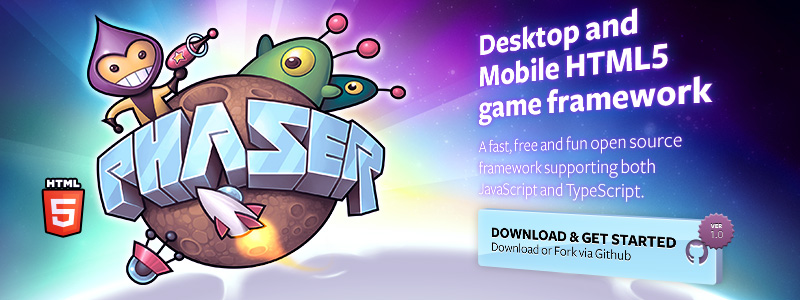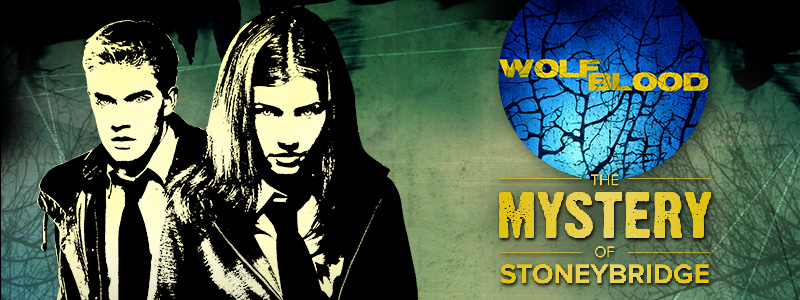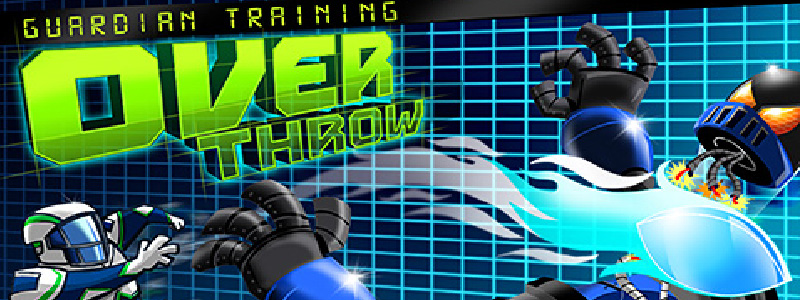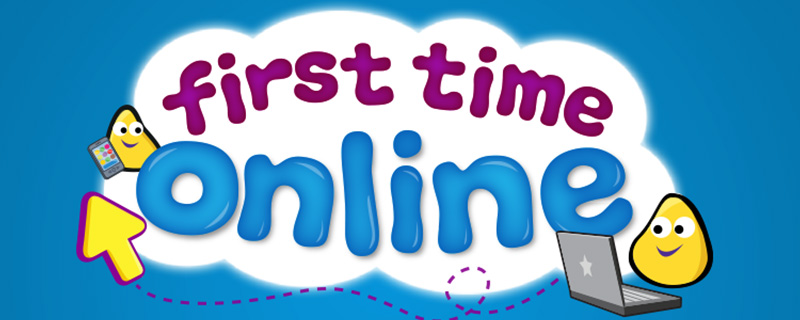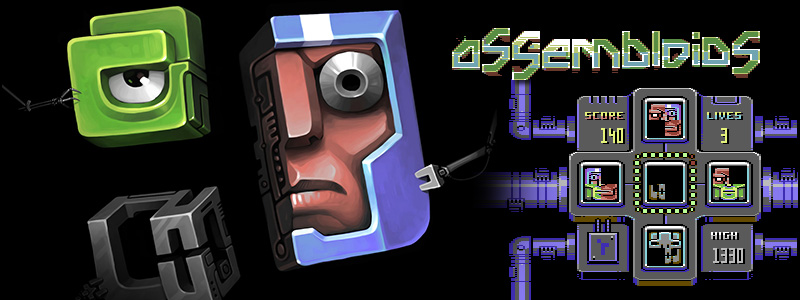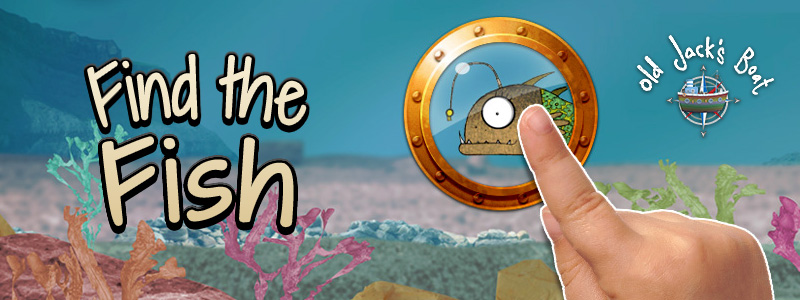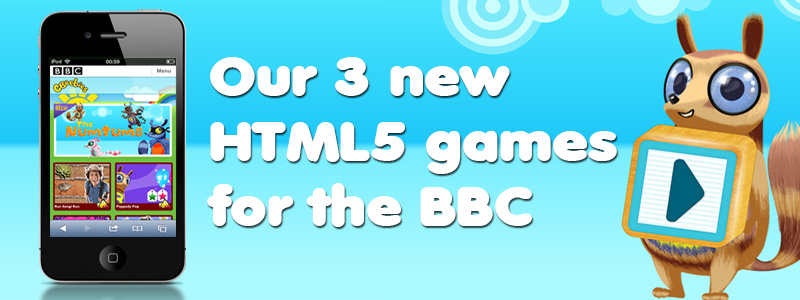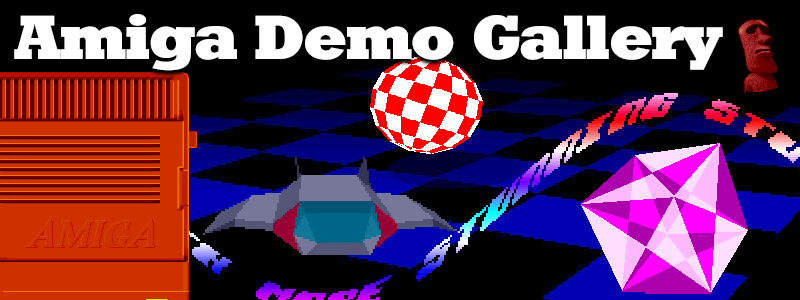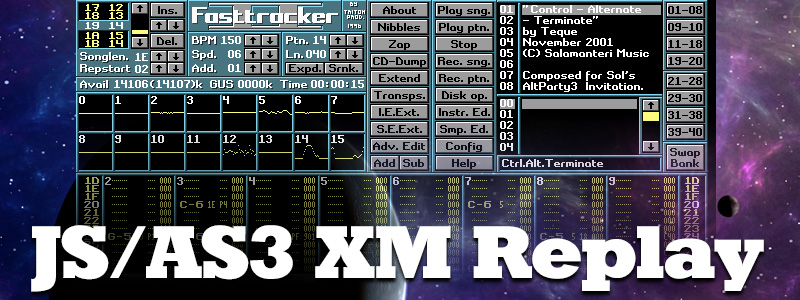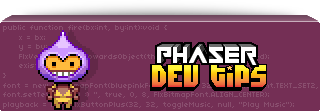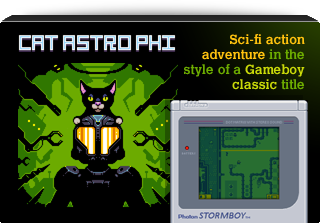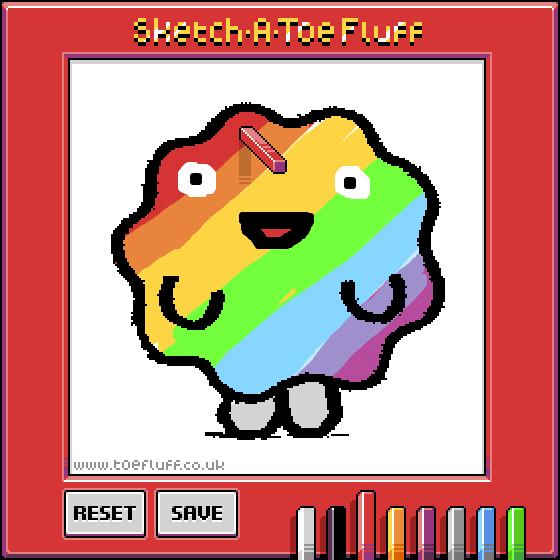Latest Posts
-
MSXeus
6th Jul 20100A quick pic just for fun. It’s supposed to be Zeus drawn with the rather dredful MSX colors.
-
10 things I took away from The Children’s Media Conference
6th Jul 2010
Last week I attended the Children’s Media Conference with lots of other people from Aardman. It was a 3 day mix of presentations, panels and meeting really interesting people. And everyone there had something to do with the children’s side of the media and entertainment industry. I just wanted to share a few insights that I picked up there. Some are obvious, some less so …
1.) Children are no longer just watching TV, they expect to interact with it. On their phones, via MSN, on YouTube, etc. And often do these things simultaneously (watching a show while chatting to friends about it). The distinction between TV and online is a non-plus for them. They have an extremely rich media diet.
2.) Traditional broadcasters (and “offline” producers) are increasingly worried they are taking too long to resolve the provision of content. And children are just going online instead. The world is changing faster than a lot of them can cope with.
3.) Children prefer “home grown” material – i.e. they don’t want to hear American voices in their cartoons. The same applies to games, only to a much lesser extent.
4.) Broadcasters recognise that the future is on-demand, and in the long term, online. The BBC specifically made a point that they were perfectly aware that digital is the future.
5.) Lots of Children love manga! (no surprise there) The style of artwork allows them to clearly see the emotions that the characters are experiencing. And manga / anime characters do actually show emotion, unlike most US made cartoons in the same area. They find the super powers and stories generally more exciting, and want to be part of that fantasy. There is a really strong “collect, compete, play” association with most popular manga/anime (think Pokemon, Yui Gi Oh or Bakugan). Manga/Anime is less concerned about dealing with emotion and more complex subjects.
6.) “Transmedia” is now what they are calling the latest iteration of “new media”. But it’s all just media really. Transmedia (like before it) is just the means of telling or experiencing a story across multiple platforms.
7.) “Games Bibles” are vital, no matter what scale game you are working on. Matt Costello gave a brilliant (although sadly very brief) talk about how he created the game bibles for games like Doom 3 and Just Cause 2. They should start off as a paragraph, explaining the concept behind the world in which the game lives. And then expand from there, eventually encompassing as much detail as possible in order to bring the game alive. Bibles shouldn’t just focus on the game itself, but look into the backstory and what could happen in the future, should the series run or adapt across to a different media (game made into a TV show or comic for example).
8.) Girl Gamers: Girls love tech! They adopt it way ahead of boys. By 8 years old most of them will own a gaming device (like a DS), by 10 lots will have a mobile phone of their own and a laptop/PC. By 11 they’ll have Facebook accounts (and boys will have XBLA accounts). By 13 most have personal iTunes accounts or equivalent. Between the ages of 9-10 is when most girls peak at their interest of gaming. They are competently using online services (for social and gaming aspects) and use of their mobile is massive. Age 10+ and they mostly now focus on social spaces and social networking. To them Facebook IS a game. Creating private worlds is key, the ability to build a social space away from their home.
9) Games that can tick the following subject boxes appeal strongly to girls aged 10-13: Manipulation (!), Relationships (Sims), Problem Solving (puzzles), Responsibility (pet games), Private Worlds, Role Playing (Imagine Teacher), Identity, Risk Taking. In reality most games fail to keep their long-term interest. A quote from a 10 year old: “I classify my phone and my laptop as my toys”. The Blackberry mobile phone is huge for girls and is often their top “most desired” item. This is due to the social nature / features it provides (Blackberry messenger). Social networking for them becomes obsessive around age 12. By age 13 they want cues from the real world in their games.
10) Graphic Novels and Comics are making a huge come-back for children, and are no longer mostly for adults! Publishers like Walker Books are reporting sales up by 29% over the previous year. They are finally coming “back to kids” – picture books aimed at 8-9 year olds (such as Savage by David Almond) are breaking new ground. Visual literacy is just as important as reading ability. Jamie Smart gave a brilliant talk about how he can release a new comic strip on his web site, and earn a decent living from the merchandise surrounding it. The team at Pulp Theatre are releasing graphic novels through their Alien Ink range, aimed at teenagers and issues they find hard to talk about. Has been a huge success, now sponsored by Channel 4. Again they did the whole range of releasing online and on Facebook before going into print form. They took the comics to where the kids hang out, they didn’t expect them to “come find them”.
Please bear in mind that figures given should be taken in the context in which they were delivered (i.e. are probably only relevant to the UK)
Despite the heat wave it was a great conference. And interesting to see how other people are applying the same kinds of professional skills that we have (from web development to game design) and applying those to entertaining and educating children. Perhaps even yours? 🙂
-
Decades album by 4mat is out now
5th Jul 2010Matt Simmonds is something of a legend in the Amiga/demoscene world. Under the pseudonym “4mat” he composed hundreds of famous music tracks for cracktros, demos and games. You can find over 500 of them on the Amiga Music Preservation site. MobyGames also keeps a relatively accurate list of his commercial and freeware audio work.
Today he released his album “Decades”. All of the 14 tracks on the album were created using the same tools he had available “back in the day”, namely ProTracker and FastTracker 2. I just bought the album from Amazon after having a listen on-line, and I’m really pleased at the mix of styles and raw chip sound that shines through. Some tracks carry better than others, but my personal favourite has to be “Virginia”. You can listen to the tracks below:
Read more about its production on Matt’s blog: I Hear the Sound of Waves. There is also a great interview with him on IndieGames.com. And if like me, you really enjoy what you hear, then Amazon MP3 has the goods.
Fellow Photon Stormer Ilija was saying just the other day that Matt has been in contact with him quite a bit recently. Perhaps a graphic/audio collab is on the cards? We’ll keep you posted … and Matt, if you’re up for it, we certainly have a couple of games we’d love to have your audio input on 🙂
-
Quartet is released (with an FGL sponsorship warning for fellow devs)
26th Jun 2010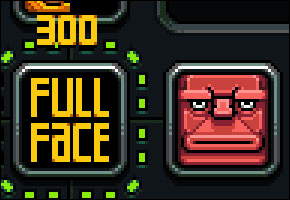 After what feels like an age, Ilija and I are pleased to announce that our game Quartet is finally released to the wild, ready for you to play!
After what feels like an age, Ilija and I are pleased to announce that our game Quartet is finally released to the wild, ready for you to play!Although development of the game was very rapid (we had the whole concept, art and core game up and running inside of 24 hours) the sponsorship process on this one was anything but. As with most of our games we listed it on FlashGameLicense.com. The process started well, and a mini bidding-war broke out between Gimme5games and MiniJeugos. In the end we selected a bid from MiniJeugos, as although Gimme5 had bid higher, they gave us the ability to run our own ads. So we happily selected them as the winning bid, sent them a friendly message and waited…
… and waited, and waited. After a week we sent them another message on FGL. Nothing. A few days later we tried again, but still they refused to get back to us. Eventually after 2.5 weeks with not so much as a peep from them, we had had enough. Every single message we sent them was civil and polite, but what was so annoying is that we knew they were logging into FGL every day, because we could see their “last logged in” dates. Which basically meant they were choosing to ignore us, which is incredibly unprofessional. We asked FGL to step-in and take action, but they failed to respond to us either.
In the end I contacted the other bidder on the game, Gimme5, explained what had happened and offered them the game instead. They replied the same day, thankfully still wanted it and we took it from there. Our dealings with Gimme5 were fast, professional and courteous. They were quite precise about certain integration features, but it was all to do with their branding placement (they weren’t cheeky enough to start asking us for gameplay changes, which an amazing amount of sponsors do!). So there was a bit of to-ing and fro-ing, but no worse than I’ve experienced with any other sponsor, and the game is live on their site today.
While we were integrating the Gimme5 API/branding, FGL did get back to us. They weren’t able to offer any explanation as to what had happened with MiniJeugos, but we were at least able to cancel our agreement and transfer it to Gimme5. To this day MiniJeugos haven’t so much as offered a single message to us, not even an apology, which is quite incredible. So there we have it… I personally know a number of devs who have dealt successfully with them, but they totally failed for us – so if you are accepting a bid from them on FGL you may want to fire them a PM first, just to check they really mean it. Otherwise it could mean weeks of delay and wasted time trying to sort it out.
-
Sketch-A-Toe Fluff is out!
18th Jun 2010We were contacted a week ago by Steve Rack, who had designed a character called Toe Fluff. He decided to open the character up to any artist who fancied creating a customised version. And let’s just say it all went a bit mental from there! It grew into hundreds of quality customs, a big feature in Digital Artist magazine, and an exhibition to show off the best.
Steve had seen the work we did on the Droplet Series 2 game (indeed Gav has created his own spirograph inspired Toe Fluff for the exhibition), and he wanted to know if we’d be interested in creating a “retro art package”.
Now dangle anything “retro” and “art related” in front of us, and we’ll most likely bite your hand off while pixelling and coding you a new one. And thus, Sketch-A-Toe Fluff was born! You get a blank Toe Fluff shaped canvas to doodle on, all set in a nice retro homage to etch-a-sketch (without the complexity of the dial controls!). Pick a crayon, and get drawing 🙂 Click the logo to find the “hidden” credits screen, with a new 8-bit tune from Ilija.
Steve would love it if you sent your best bits of work to him via email.
Full details, and the tool itself, are on the Sketch-A-Toe Fluff page. Have fun!
More posts to tickle your grey matter ...
- Phaser Coding Tips 5
- Phaser Coding Tips 4
- Phaser 3 Development Log - w/e 30 Jan
- Phaser Coding Tips 3
- Phaser 3 Development Log - w/e 16th Jan
- Phaser Coding Tips 2
- Phaser Coding Tips 1
- Phaser v2.1.3 and Pixi v2 are out!
- Welcome to the DarkForge - An archive of all my old DarkBASIC code
- Phaser goes to the movies
Hire Us
All about Photon Storm and our
HTML5 game development services
Recent Posts
OurGames
Filter our Content
- ActionScript3
- Art
- Cool Links
- Demoscene
- Flash Game Dev Tips
- Game Development
- Gaming
- Geek Shopping
- HTML5
- In the Media
- Phaser
- Phaser 3
- Projects
Brain Food

